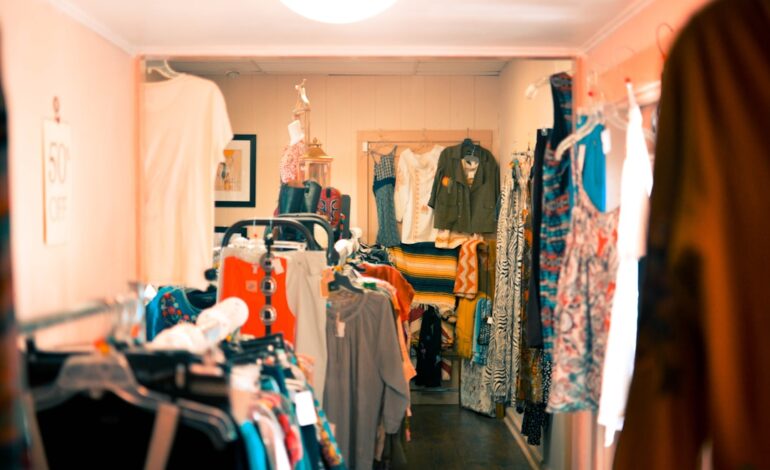Fashion’s musical chairs: An analysis of the great creative director shakeup
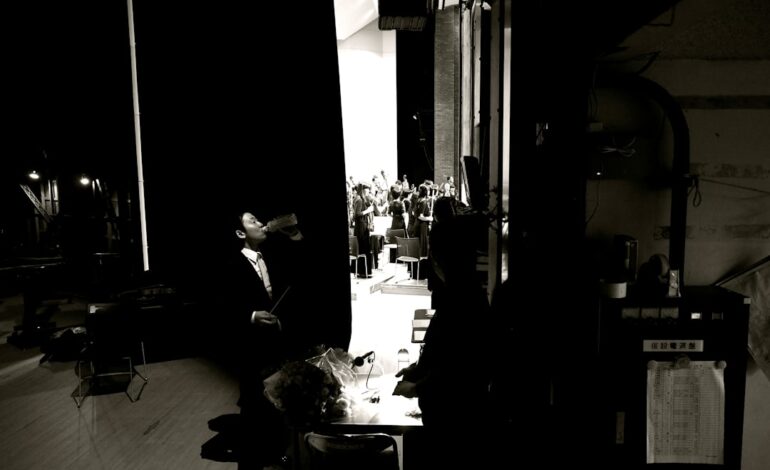
A revolving door at the top of fashion’s ivory towers
If you’ve been following fashion news lately, you might be feeling a sense of whiplash. It seems like every other week, a major fashion house announces the departure of its creative director, followed swiftly by the appointment of a new, often unexpected, successor. This high-stakes game of musical chairs isn’t just a coincidence; it’s a symptom of a much larger shift happening within the industry. From Gucci and Valentino to Alexander McQueen and Chloé, the ground beneath the luxury landscape is shifting, leaving us all to wonder: what is going on?
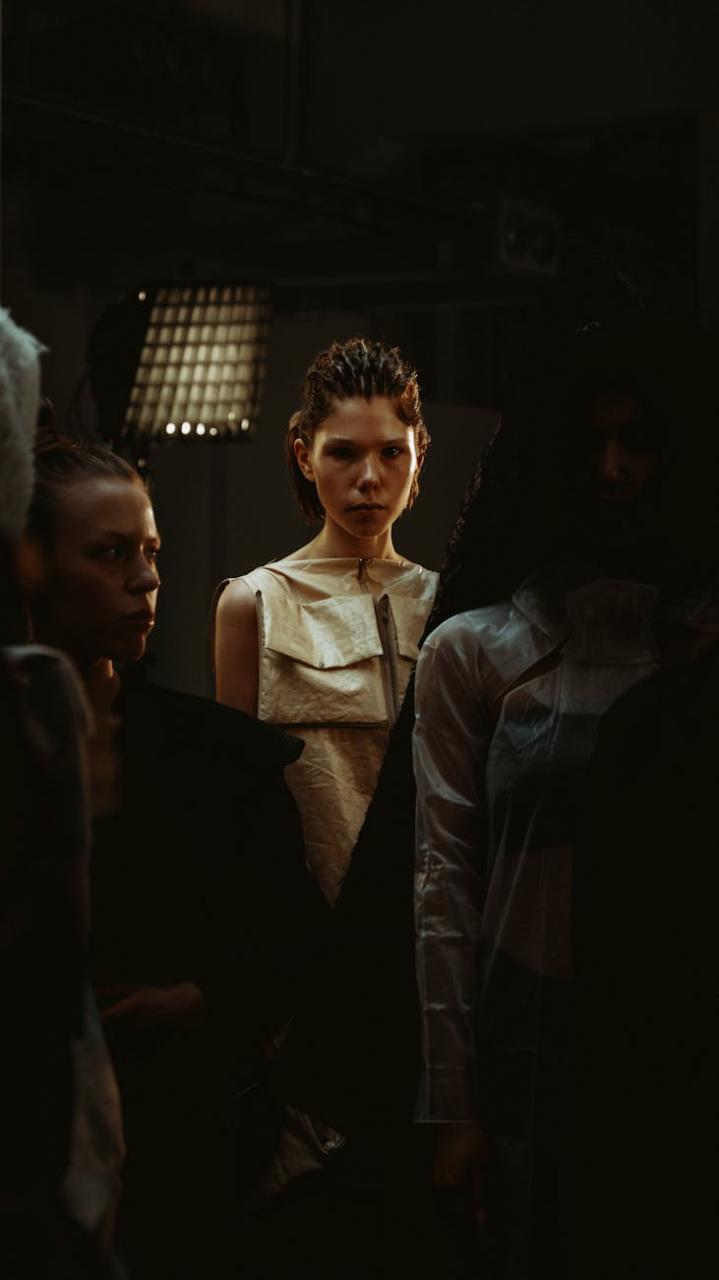
This isn’t just about designers seeking new challenges. It’s a complex story of immense commercial pressure, a rapidly changing consumer, and a re-evaluation of what a creative director’s role even is in 2024. At KIQIZ, we’re diving deep behind the headlines to analyze the forces driving this great creative director shakeup and what it signals for the future of the clothes we’ll all be talking about next season.
The recent wave of changes: A recap of the biggest moves
Before we dissect the ‘why’, let’s take stock of the ‘who’ and ‘where’. The past year has been one of the most volatile periods for creative leadership in recent memory. Here are some of the most significant moves that have reshaped the industry.
Gucci’s new chapter: From Michele’s maximalism to De Sarno’s quiet luxury
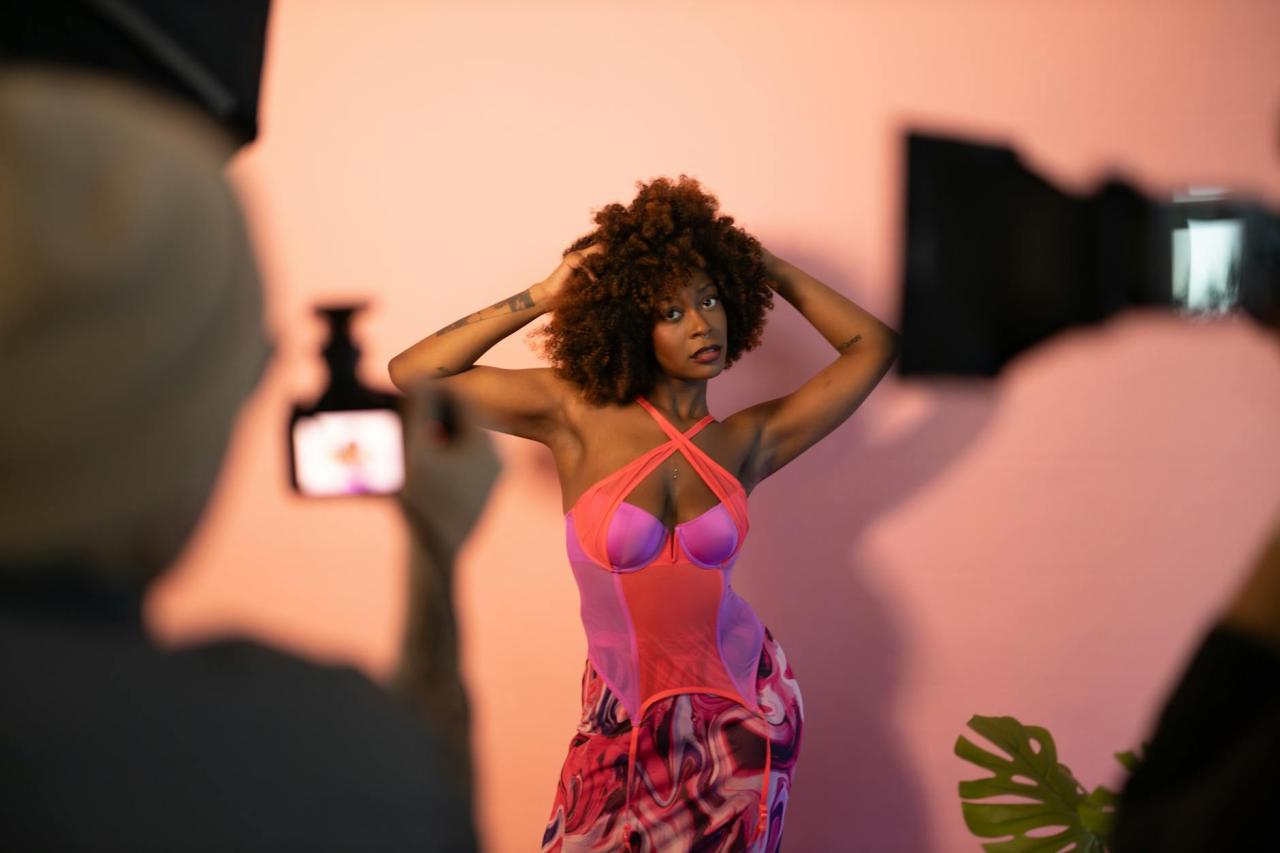
Perhaps the most-watched transition was at Gucci. Alessandro Michele’s seven-year tenure was nothing short of a phenomenon. He transformed the Italian house into a maximalist, gender-fluid wonderland, doubling its revenue and making it the hottest brand on the planet. But as growth began to plateau, parent company Kering made a decisive move. In came Sabato De Sarno, a veteran designer from Valentino, with a mandate to usher in a new era. His debut collection was a sharp pivot: clean, classic, and commercially-driven pieces in a signature ‘Ancora’ red. It’s a clear bet on the ‘quiet luxury’ trend and a move away from eccentric, logo-heavy fashion towards something more timeless and, arguably, safer.
Valentino’s poetic farewell and a shocking new beginning
The departure of Pierpaolo Piccioli from Valentino after 25 years at the house (eight as sole creative director) sent shockwaves through the industry. Piccioli was celebrated for his breathtaking couture, his masterful use of color, and his deeply romantic vision that consistently brought critics to tears. His exit felt like the end of an era. The shock was only amplified when it was announced that his successor would be none other than Alessandro Michele. This move is a fascinating gamble. Will Michele bring his signature Gucci magic to the Roman house, or will he adapt his vision to Valentino’s established codes of elegance and grace? The entire fashion world is holding its breath.
Alexander McQueen enters a bold, uncertain new era with Seán McGirr
For over a decade, Sarah Burton masterfully carried the torch at Alexander McQueen, honoring Lee McQueen’s legacy while infusing it with her own powerful, feminine touch. Her departure was poignant, and the appointment of the relatively unknown Seán McGirr was a statement of intent from Kering. McGirr’s debut collection was divisive, to say the least. It was raw, aggressive, and a far cry from Burton’s polished aesthetic. While some critics panned it, others saw a spark of the rebellious energy that defined the brand’s early days. It’s a high-risk, high-reward move that proves brands are willing to shock in order to be noticed.
Other notable moves on the board
The list goes on. Gabriela Hearst’s sustainability-focused, bohemian tenure at Chloé came to an end, with Chemena Kamali stepping in to revive the brand’s popular 2000s aesthetic. Walter Chiapponi left Tod’s for Blumarine, aiming to redefine its Y2K-heavy identity. Each move, big or small, contributes to the sense of a grand reset across the industry.
Behind the curtain: Why is this all happening now?
These changes aren’t happening in a vacuum. They are a response to a perfect storm of economic pressures, cultural shifts, and evolving consumer demands. Let’s break down the key drivers.
The relentless demand for exponential growth
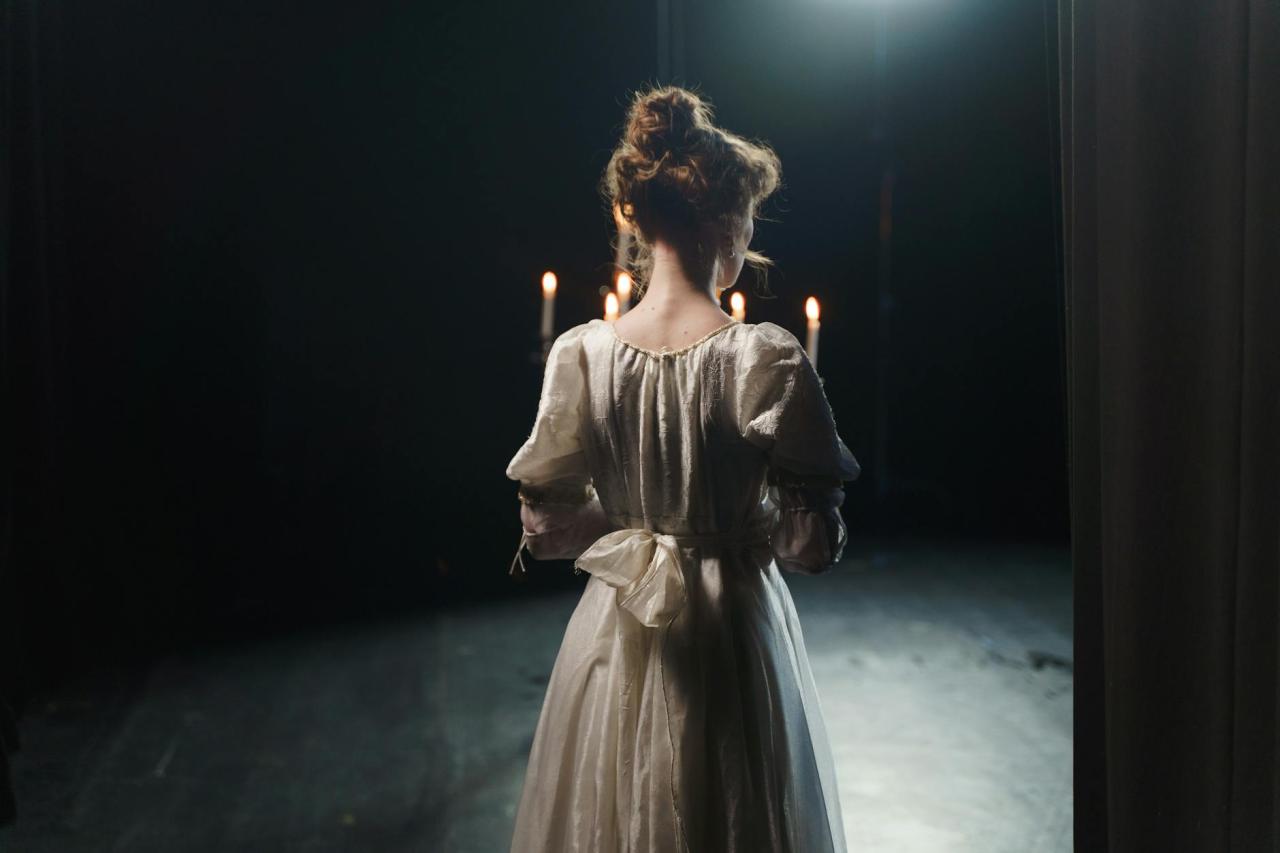
The primary force is undeniably financial. The major luxury conglomerates like LVMH and Kering are publicly traded companies accountable to shareholders who expect constant, quarter-over-quarter growth. The days of allowing a designer a decade to build a quiet, steady legacy are largely over. If a brand’s heat cools for even a few seasons, or if growth stalls, the pressure mounts immediately. This creates an environment where creative directors are treated less like artists and more like star athletes who can be traded if they don’t deliver immediate results. This intense pressure leads to creative burnout and a shorter, more volatile career cycle for even the most talented designers.
A shifting consumer landscape and the end of a trend cycle
We are at the tail end of a major trend cycle. The post-2015 era, largely defined by Michele’s Gucci, was about logos, streetwear collaborations, maximalism, and a ‘more is more’ attitude. The post-pandemic consumer is different. There’s a collective fatigue with flashy displays of wealth, leading to the rise of ‘quiet luxury’—a preference for impeccably made, logo-free investment pieces. Shoppers, particularly Gen Z, are also influenced by the hyper-speed trend cycles of TikTok, where aesthetics and ‘cores’ (like cottagecore or balletcore) can rise and fall in a matter of weeks. Brands are now grappling with how to cater to both the long-term investor and the fleeting trend-chaser, a challenge that often requires a new creative perspective.
The shrinking lifespan of a creative director
The tenure of a creative director is getting noticeably shorter. A decade ago, a five-year stint might have been seen as a failure. Today, it’s becoming the norm. Compare this to the likes of Karl Lagerfeld, who reigned at Chanel for 36 years, or Giorgio Armani, who still helms his eponymous empire. The modern creative director’s job has expanded far beyond just designing collections. They are expected to be a public face, a social media personality, a celebrity whisperer, and a commercial strategist, all while producing up to ten collections a year. It’s an unsustainable pace that almost guarantees a shorter shelf life.
What does this mean for the future of fashion?
This period of upheaval will have lasting consequences. As the dust settles, we can anticipate a few key shifts in how the fashion industry operates.
The battle between brand identity and designer vision
We are seeing a reassertion of the brand over the individual designer. The appointment of Sabato De Sarno at Gucci, a talented but low-profile ‘insider’, signals a strategy where the brand’s DNA is the star, not the creative director’s cult of personality. Houses are looking for stewards who can reinterpret the archives for a modern audience rather than auteurs who will impose a completely new vision. The risk? A potential homogenization of style, where brands become too focused on commercially safe, archive-inspired pieces, leading to a less innovative and exciting fashion landscape.
A renewed focus on heritage
In times of uncertainty, brands often look to their past for stability. The new wave of creative directors are being tasked with digging into the archives to find the core essence of the brand. Chemena Kamali’s successful debut at Chloé, which was a direct homage to the house’s beloved 70s and 2000s eras, is a perfect example. We can expect to see more collections that feel familiar yet fresh, leveraging nostalgia as a powerful marketing tool. The challenge will be to balance homage with forward-thinking design, avoiding a descent into mere reproduction.
Conclusion: A new era of creative strategy
The great creative director shakeup is more than just industry gossip; it’s a reflection of a fashion world at a crossroads. The pressures of global commerce are colliding with the demands of artistic expression, forcing a redefinition of what it means to lead a luxury house. While the churn can be disorienting, it also opens the door for new talent and fresh ideas to emerge.
As we watch these new chapters unfold, one thing is certain: the role of the creative director has never been more scrutinized or more pivotal. The collections of the coming seasons will be the ultimate test, revealing which of these strategic gambles pay off and, ultimately, who will get to define the look and feel of tomorrow’s fashion.

